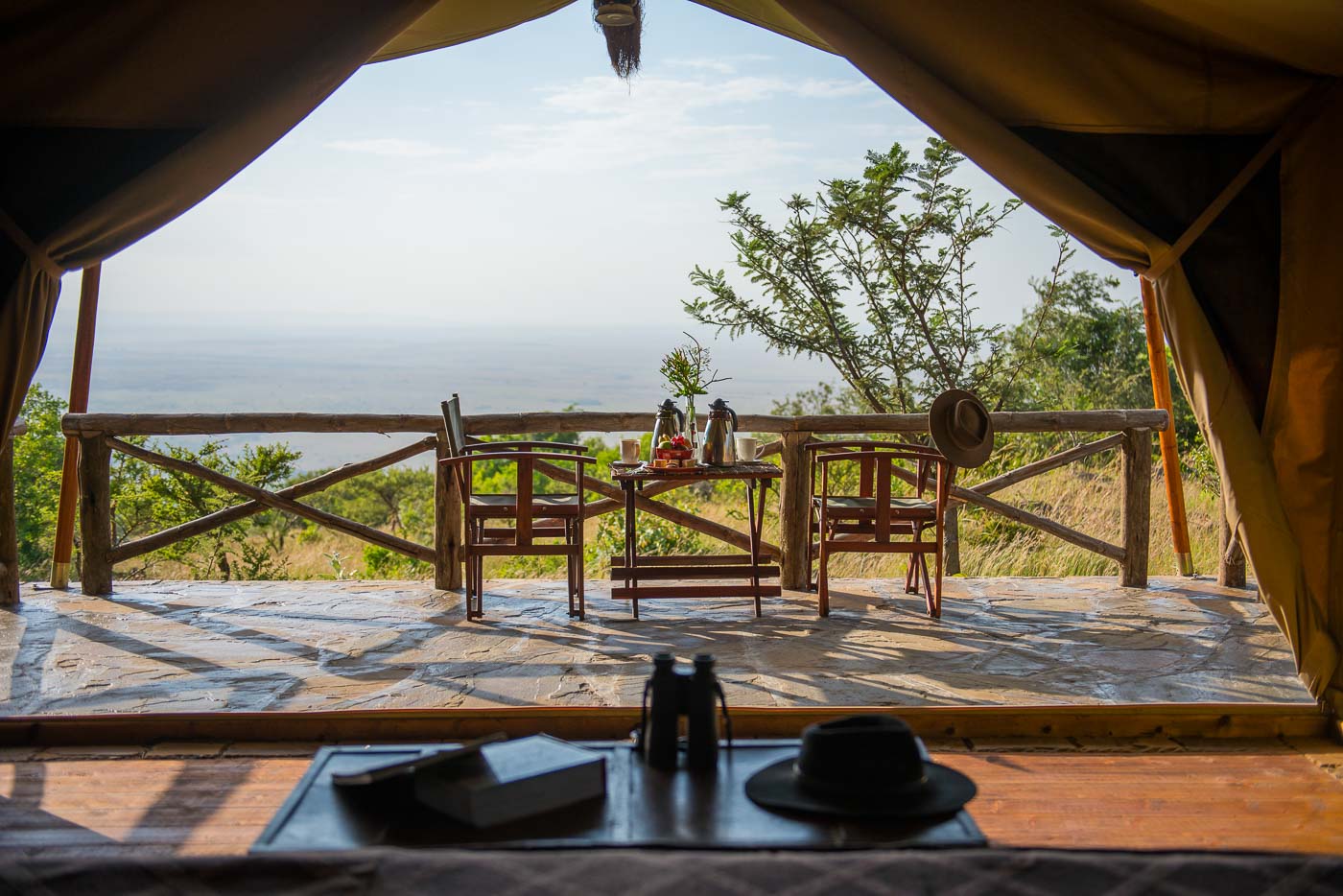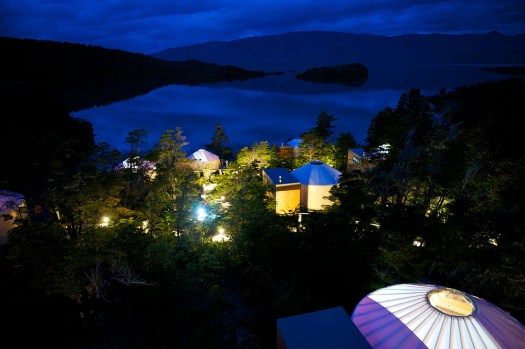As we drive off on board the safari jeeps, the dusty red, clay road ahead of us is only just a modest start to our prolific wildlife explorations for the day, at the Yala National Park – the Park is known to have one of the highest leopard concentrations in the world while it is also home to a number of Asian elephants, sloth bears, peacocks, crocodiles and a plethora of flora and fauna.
Our driver, a young, funny fellow, well trained in leopard spotting from any considerable distance otherwise unattainable to the human eye, is a refreshing burst of jokes, combating our fatigue from the subduing heat.
Nothing on the road yet, some complain, until we suddenly come to a shrieking halt: an unidentifiable creature leisurely crossing our path.
This is how daily life unfolds at Yala, Jetwing’s newest hotel in the midst of some of Asia’s paramount wildlife. Blissfully insulated twenty minutes away from the main road, what initially looks like army quarters from afar is soon revealed to be a zen hotel surrounded by lush greenery, set on a 38 acre land adjoining the Indian Ocean. The panoramic views are sure to make you gasp!
Jetwing Yala exudes simple elegance from every corner, while focusing on sustainability; it hosts the largest privately owned solar park in Sri Lanka. Whether it’s the surrounding wild habitat, or the interior’s colors and details, the property offers its guests a back to nature feeling. All guestrooms (with a choice of Superior and Deluxe accommodations) exhibit muted, earthy tones, with a splash of turquoise or red.
The King coconut I was zealously sipping out of as I walked into my room, perfectly matched the green tones of the canopy bed. The Superior room I would now call home was no ordinary space, but a spacious dwelling to rest, dine and lounge on my very own terrace.
The finest feature, however, is surely the bathroom. Larger than most hotel rooms in other parts of the world, this bathroom teased me from the very beginning, with its showerhead under the clear blue sky and liberating feeling, due to lack of unnecessary doors, bulky bathtubs and slippery floors.
One other extraordinary feature is the infinity swimming pool, with seemingly fresh water from the ocean. Don’t be surprised to see guests stay well into the night into their robes, having transitioned from the pool onto the beach where cocktails are served. Jetwing Yala is just the place to do so. From a blanket full of stars to a first glimpse of a burning sunrise, your stay here is full of rewards.
Dining is another. From lotus curries and the island’s spiciest dishes, to Western delicacies and Japanese delights, to a sinful palette of desserts, Jetwing Yala is a gastronomic journey in itself that is both diverse, as it is delicious.
So grab your Lion (the Sri Lankan beer, what else?!), and join the beach party for the night. This may be Jetwing Yala, but no lions, or leopards, for you tonight …
Monica Suma is a Romanian-American freelance travel writer and blogger, always on the hunt for art, good food and all things Cuba. Through storytelling and an insatiable pursuit for whimsy, she contributes to a variety of publications such as Lonely Planet, BBC Travel, Business Traveller and more. Follow her adventures live on Instagram and Twitter.
















